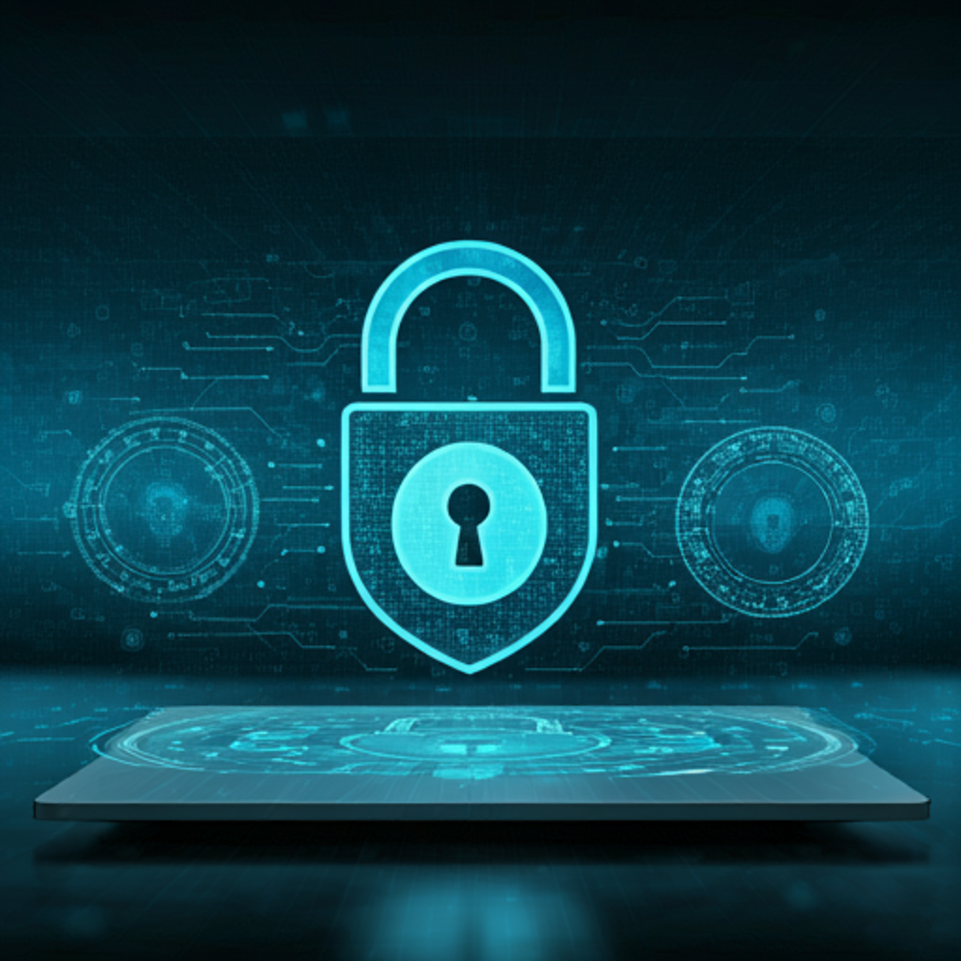Introduction to Cybersecurity in Finance
The Importance of Cybersecurity in the Financial Sector
In today’s digital landscape, cybersecurity is paramount in the financial sector. Financial institutions are prime targets for cybercriminals due to the vast amounts of sensitive data they handle. Protecting this data is not just a regulatory requirement; it is essential for maintaining trust with clients. Trust is everything in finance. A single breach can lead to significant financial losses and reputational damage.
Moreover, the rise of cryptocurrency has introduced new vulnerabilities. These digital assets require robust security measures to prevent theft and fraud. The stakes are high in this evolving market. Implementing advanced cybersecurity protocols is crucial for safeguarding assets. Every financial entity must prioritize these measures. The cost of prevention is far less than the cost of recovery.
Overview of Common Cyber Threats
Cyber threats in the financial sector are diverse and increasingly sophisticated. He must be aware of the following common threats:
Understanding these threats is vital for effective risk management. Awareness leads to better protection. Each threat requires tailored strategies for mitigation. Proactive measures are necessary for safeguarding assets.
Types of Cyber Threats Facing Cryptocurrency
Phishing Attacks and Social Engineering
Phishing attacks and social engineering are significant threats in the cryptocurrency landscape. Cybercriminals often employ tactics that exploit human psychology to gain unauthorized access to sensitive information. He should be aware of the following methods:
Understanding these tactics is essential for effective defense. Awareness can prevent costly mistakes. Each individual must remain vigilant against these threats. Proactive education is key to safeguarding assets.
Malware and Ransomware Risks
Malware and ransomware pose significant risks to cryptocurrency users. These malicious software types can compromise sensitive financial data. He must recognize the following threats:
Understanding these risks is crucial for effective cybersecurity. Awareness can mitigate potential damage. Each user should implement robust security measures. Proactive strategies are essential for asset protection.
Best Practives for Protecting Your Cryptocurrency Assets
Implementing Strong Passwords and Two-Factor Authentication
Implementing strong passwords and two-factor authentication is essential for protecting cryptocurrency assets. First, a strong password should be complex, combining letters, numbers, and symbols. This complexity makes it harder for cybercriminals to guess. Additionally, he should avoid using easily accessible personal information. Simple passwords are risky.
Moreover, two-factor authentication (2FA) adds an extra layer of security. It requires a second form of verification, such as a textual matter message or authentication app . This significantly reduces the risk of unauthorized access. Each user must enable 2FA wherever possible. Proactive measures are crucial for safeguarding assets. Strong security practices are non-negotiable in today’s digital landscape.
Regular Software Updates and Security Patches
Regular software updates and security patches are critical for maintaining the integrity of cryptocurrency assets. Software developers frequently release updates to address vulnerabilities and enhance security features. These updates help protect against emerging threats. Ignoring them can leave systems exposed to attacks.
Additionally, security patches fix known vulnerabilities that cybercriminals may exploit. He should prioritize applying these patches promptly. Delaying updates increases the risk of breaches. Each user must establish a routine for checking and installing updates. Consistent maintenance is essential for robust security. Proactive measures can prevent significant financial losses.
Choosing Secure Wallets and Exchanges
Types of Cryptocurrency Wallets: Hot vs. Cold Storage
There are two primary types of cryptocurrency wallets: hot wallets and cold storage. Hot wallets are connected to the internet, allowing for quick access and transactions. However, this connectivity increases vulnerability to cyber attacks. He should be cautious with hot wallets.
In contrast, cold storage refers to offline wallets, which provide enhanced security. These wallets are less susceptible to hacking attempts. He must consider the trade-offs between convenience and security. Each user should evaluate their needs carefully. Choosing the right wallet is crucial for asset protection. Proactive decisions can safeguard investments effectively.
Evaluating the Security Features of Exchanges
When evaluating the security features of cryptocurrency exchanges, several factors must be considered. First, he should assess the exchange’s use of encryption protocols. Strong encryption protects sensitive data during transactions. Additionally, he must look for exchanges that offfr two-factor authentication. This adds an extra layer of security.
Moreover, the exchange’s history of security breaches is crucial. A track record of incidents may indicate vulnerabilities. He should also consider the insurance policies in place for user funds. Insurance can provide peace of mind in case of a breach. Each user must conduct thorough research before selecting an exchange. Informed choices lead to better asset protection.
The Future of Cybersecurity in Finance
Emerging Technologies and Their Impact on Security
Emerging technologies are reshaping the landscape of cybersecurity in finance. Innovations such as artificial intelligence and machine learning enhance threat detection capabilities. These technologies analyze vast amounts of data to identify anomalies. He should recognize the importance of real-time monitoring.
Additionally, blockchain technology offers increased transparency and security for transactions. Its decentralized nature reduces the risk of fraud. He must also consider the role of biometric authentication in securing access. Fingerprint and facial recognition technologies provide robust security measures. Each advancement presents new opportunities and challenges. Staying informed is essential for effective risk management. Proactive adaptation is key to future security.
Regulatory Changes and Compliance in the Cryptocurrency Space
Regulatory changes in the cryptocurrency space significantly impact cybersecurity practices. Governments are increasingly implementing regulations to enhance consumer protection. Compliance with these regulations is essential for financial institutions. He must understand the implications of non-compliance.
Moreover, regulations often require robust security measures to safeguard user data. This includes regular audits and reporting of security incidents. He should be aware of the evolving regulatory landscape. Adapting to these changes is crucial for maintaining trust. Each organization must prioritize compliance as part of its security strategy. Proactive measures can mitigate legal risks effectively.
